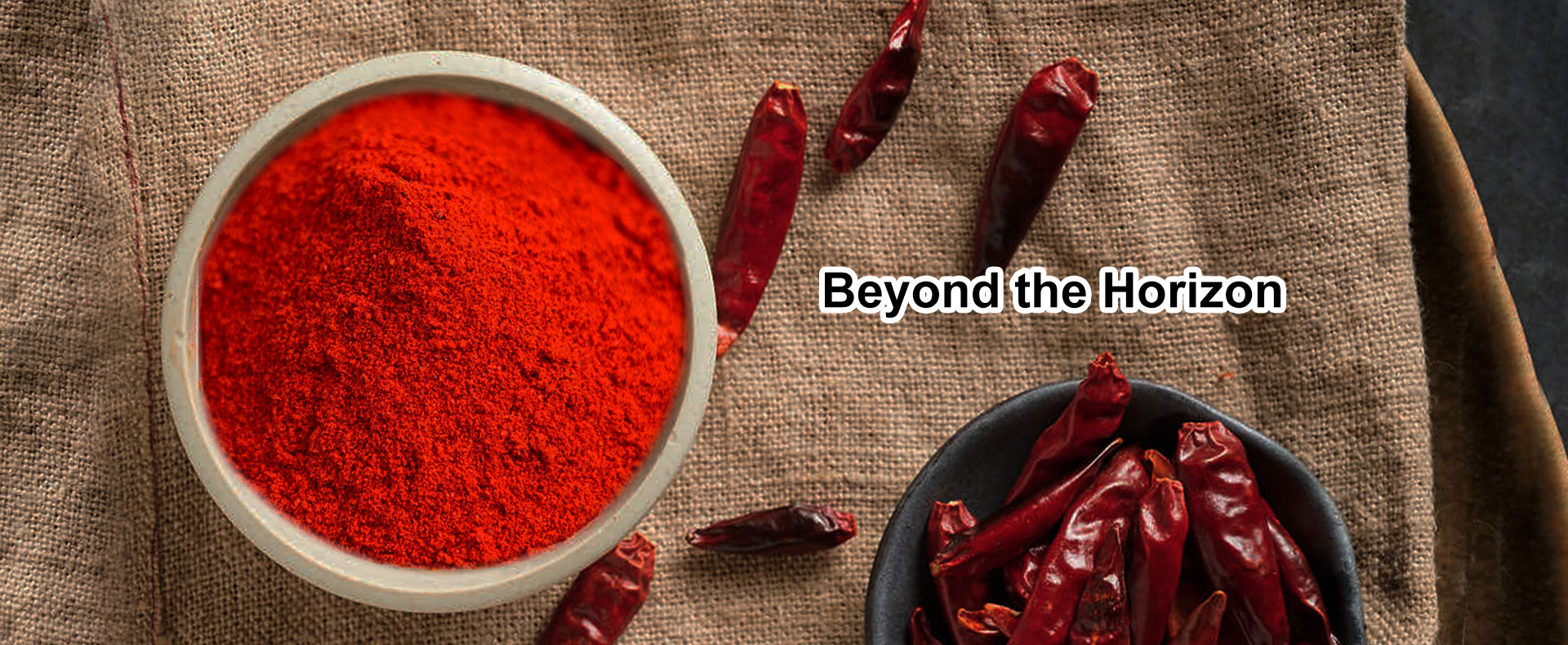- No. 268 Xianghe Street, Economic Development Zone of Xingtai city, Hebei 054001 China
- Byron@hbhongri.cn
Exploring the Flavorful World of Paprika and Capsicum Varieties
Paprika and Capsicum The Vibrant World of Peppers
When one thinks of flavor, color, and culinary creativity, paprika and capsicum are often at the forefront. These two words are intricately linked, yet they represent diverse aspects of the pepper family that has influenced cuisine across the globe. Understanding their nuances not only enriches our appreciation for cooking but also opens the door to a variety of health benefits.
A Brief Overview of Capsicum
Capsicum is a genus of flowering plants in the nightshade family Solanaceae, which includes many varieties of peppers. This genus encompasses everything from the sweet bell pepper to the fiery jalapeño and many others. Capsicum fruits are often characterized by their vibrant colors, which typically range from green to red, yellow, orange, and even purple.
In culinary contexts, the term capsicum is commonly used in countries like Australia and New Zealand to refer specifically to sweet peppers, whereas “pepper” more broadly includes both sweet and hot varieties. The most recognized species of capsicum in culinary use is *Capsicum annuum*, which includes popular varieties such as bell peppers, paprika peppers, and cayenne peppers.
Paprika The Spice of Life
Paprika, on the other hand, is derived specifically from the dried fruits of certain capsicum varieties, primarily *Capsicum annuum* and *Capsicum frutescens*. It is a spice that offers a unique blend of sweetness, smokiness, and a mild to medium heat level, depending on the type of paprika used.
The spice has its roots in Hungary and Spain, where it has become a vital component of their culinary traditions. Hungarian paprika is renowned for its exceptional quality and flavor profiles, featuring variants from sweet to hot. Spanish paprika, known as pimentón, is often smoked over oak wood, giving it a distinctly rich and deep flavor.
Paprika’s vibrant red hue not only enhances the visual appeal of dishes but also contributes to their flavor complexity. It is commonly used in stews, soups, and sauces, as well as a seasoning for meats and vegetables. Its versatility makes paprika a staple in many kitchens, transcending cultural boundaries.
paprika and capsicum

Culinary Applications
Both paprika and capsicum can be utilized in a multitude of ways in the kitchen. Fresh capsicum can add a refreshing crunch to salads, a burst of sweetness to stir-fries, or a savory note to roasted dishes. They can be enjoyed raw, grilled, stuffed, or incorporated into sauces and dips.
In terms of paprika, its applications are just as diverse. It can be sprinkled on deviled eggs for a pop of color, used as a fragrant seasoning in rice dishes, or blended into spice rubs for meats. The choice between sweet, smoked, or hot paprika allows cooks to tailor their dishes according to their flavor preferences and desired heat levels.
Health Benefits
Beyond their culinary contributions, both paprika and capsicum boast a variety of health benefits. They are packed with vitamins and antioxidants, particularly vitamin C and vitamin A. Capsicum’s active component, capsaicin, is known for its potential benefits in pain relief and metabolism enhancement. It may also possess anti-inflammatory and anti-cancer properties, making it a beneficial addition to a balanced diet.
Furthermore, the vibrant colors of capsicum indicate a rich supply of phytonutrients, which contribute to overall health by combating oxidative stress and promoting heart health. Incorporating a variety of colored peppers in meals not only enhances taste but also maximizes nutritional benefits.
Conclusion
In summary, paprika and capsicum represent the dynamic world of peppers that have captivated our palates and fueled our culinary innovations. Their diverse flavors, textures, and health benefits make them integral components of countless dishes, inspiring global cuisines. Whether you are drawn to the sweet crunch of capsicum in a salad or the smoky warmth of paprika in a stew, embracing these ingredients can elevate your cooking and contribute to a healthier lifestyle. So, the next time you reach for these colorful, flavorful additions, remember their rich heritage and the myriad of possibilities they present in the kitchen.
-
Turmeric Rhizome Powder: A Golden Treasure from Roots to TableNewsJul.28,2025
-
The Versatile Application Of Crushed Red Hot Peppers: Lighting Up The Red Flames On The Dining TableNewsJul.28,2025
-
The Paprika: A Touch Of Vibrant Red In Color, Flavor, And CultureNewsJul.28,2025
-
Ground Turmeric: A Modern Examination of an Ancient SpiceNewsJul.28,2025
-
Capsicum Liquid Extract: Features, Applications, and ChallengesNewsJul.28,2025
-
Application of Capsicum Liquid Extract in FoodNewsJul.28,2025







